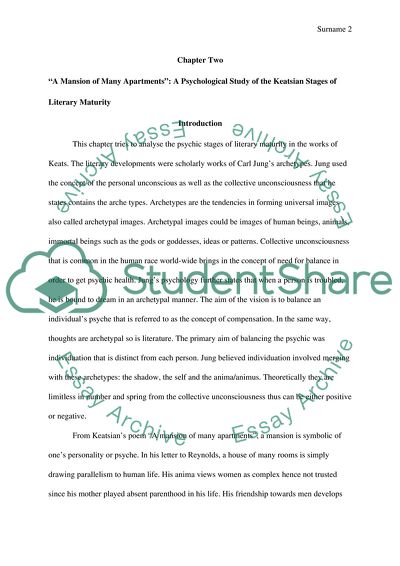Cite this document
(“My Spirit is Struck from all the Beautiful: A Journey to Keats's Research Paper”, n.d.)
Retrieved from https://studentshare.org/literature/1671732-my-spirit-is-struck-from-all-the-beautiful-a-journey-to-keatss-psyche
Retrieved from https://studentshare.org/literature/1671732-my-spirit-is-struck-from-all-the-beautiful-a-journey-to-keatss-psyche
(My Spirit Is Struck from All the Beautiful: A Journey to Keats'S Research Paper)
https://studentshare.org/literature/1671732-my-spirit-is-struck-from-all-the-beautiful-a-journey-to-keatss-psyche.
https://studentshare.org/literature/1671732-my-spirit-is-struck-from-all-the-beautiful-a-journey-to-keatss-psyche.
“My Spirit Is Struck from All the Beautiful: A Journey to Keats'S Research Paper”, n.d. https://studentshare.org/literature/1671732-my-spirit-is-struck-from-all-the-beautiful-a-journey-to-keatss-psyche.


